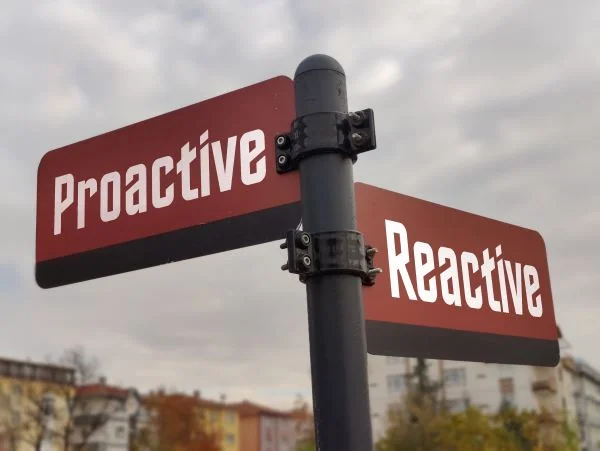In this time of crisis, there is pressure for individuals and organizations to take action in order to survive with job and business intact. What do we need to do now? What’s next? How long can we last? In Nobel laureate Daniel Kahneman’s book, Thinking, Fast and Slow, he describes the two approaches to thinking that people use to guide their actions. System 1 thinking is fast and effortless, based on knowledge and instinct (2+2=4). System 1 is the thinking we use constantly in response to the world around us. System 2 thinking is slower and more effortful (18×42=?) With this kind of thinking you need a process, more time or some help. System 2 is often needed when there’s a greater risk of taking the wrong action or giving the wrong answer and when it is possible to not act in the moment.
For most of us, our best effort in doing our part to fight Covid-19 was to stay home: victory through inactivity. Now as businesses seek a reasonable path forward, there is pressure to take action combined with ongoing health threats. This crisis is unfamiliar and threatens both lives and finances so gathering facts and thinking it through a bit makes more sense than simply reacting fast. It’s important to act and maintain safety, so the way forward needs reflection. For example, is it worthwhile for a company to brings employees back from working at home if business stays stagnant? Is it better to stay out of the office rather than risk an outbreak at work? What needs to change given the ongoing nature of the pandemic? Is it time to just move forward?
Instead of acting too fast—or freezing in fear—System 2 thinking encourages us to slow down and take stock and then act or plan ahead effectively. Most of the problems we are facing in the current business environment are actually decisions that we need to make that have varying levels of urgency. Fortunately, although we face a new reality, some things don’t change. The elements that go into superior decision making never vary. There are three critical, sequential aspects of making a sound decision: set objectives, consider the best alternatives and then weigh the risks.
Too often, when making a decision, our actions are based only on our own objectives, obscuring the valid viewpoints of others; or our proximity to the issue limits the available choices considered. Important decisions are strengthened by listening to others and seeking other perspectives. Before taking action, it may pay to ask others and look for answers to these questions:
What can this accomplish?
What else do we need?
What could go wrong?
A Pre-Mortem technique to “de-bias” decisions
Daniel Kahneman in 3 minutes makes the case for shining a light on the thinking that has led to a decision before there is no turning back.
We all have a point of view but often the best way forward is more clear if we slow down and make a place for diverse perspectives. Instead of acting based on what I think, I want, my idea; consider drawing in others with statements and questions like: tell me more, how, compared to what and what else. Working with others requires more effort, data and perspectives but it can help ensure that actions are taken based on solid information and a reasoned understanding of their consequences.
About Kepner-Tregoe
We hope that you are well during this disruptive time in our world’s history. For over 60 years our company, Kepner-Tregoe has had the opportunity to help major organizations navigate successfully through radical change, help solve intractable problems and increase incident and problem-management performance through tools, training and consulting – leading to highly effective teams ready to respond to your company’s most critical issues.



